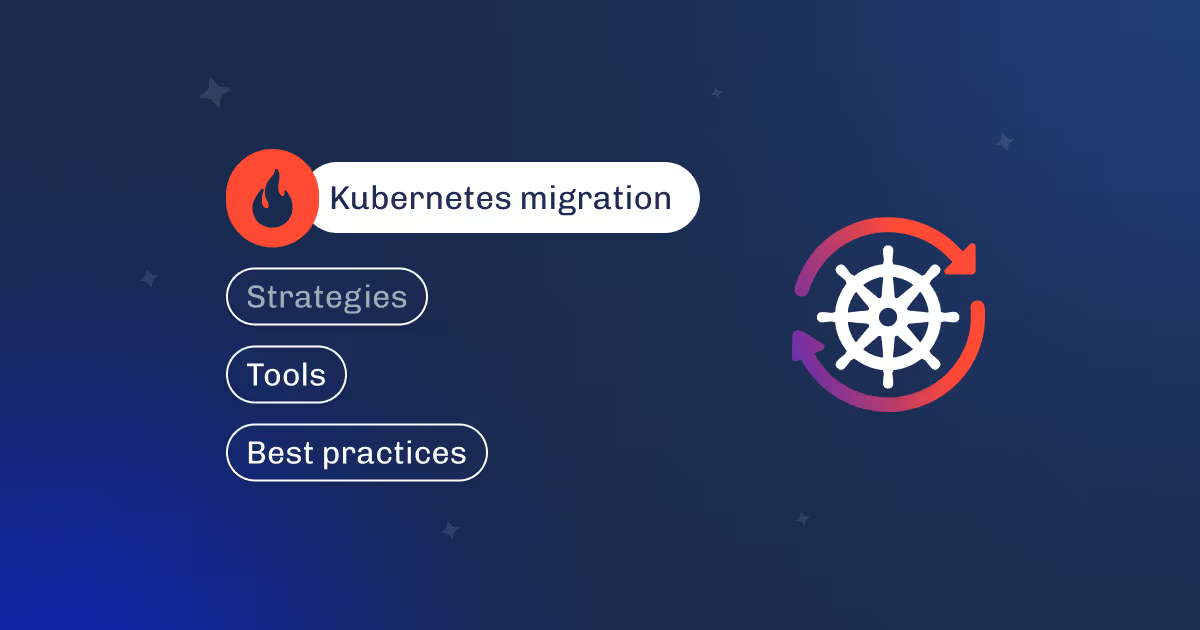

You can train the perfect model—and still fail.
According to VentureBeat, 87% of data science projects never make it to production. Redapt says it’s even worse—90% die before users ever see them.
That’s the harsh truth: building a model is just the beginning. Deployment is where the real challenge starts. You need to connect code with infrastructure, wrap it in containers, ensure it scales, and—above all—make it useful in the real world.
In this post, I’ll break down the essentials of ML model deployment:
Let’s get your model to production, not just your notebook.
Let’s clear something up: deployment isn’t just “putting the model on a server.” It’s the moment your work stops being a science project—and starts solving real problems for real users.
In machine learning, deployment means taking a trained algorithm (usually developed in a sandbox or Jupyter notebook) and integrating it into a live production environment—an app, a backend service, an API—where it can interact with real-time data and generate predictions on demand.

Sounds simple? It’s not.
A proper ML deployment pipeline includes:
The shift from training to deployment isn’t just technical—it’s organizational. You now need collaboration between data scientists, MLOps engineers, backend developers, and DevOps.
It’s also where your model gets exposed to:
Without a proper deployment pipeline, even the best model is just another abandoned .pkl file.
Here’s where many teams stumble: they think once a model is trained, it’s ready to go. But building and deploying are fundamentally different beasts.
Training is like designing a concept car in a lab. Deployment is putting it on the road during a traffic jam, in the rain, with real passengers inside.
The skills, goals, tools—even the mindset—are different.
Let’s break it down:
| Aspect | Development (Training) | Deployment (Production) |
|---|---|---|
| Goal | Build an accurate model on historical data | Make the model serve predictions in real-time |
| Typical Environment | Local machine, Jupyter notebook, sandboxed environment | Cloud server, containerized environment, API endpoint |
| Tools & Frameworks | Jupyter, scikit-learn, TensorFlow, PyTorch | Docker, Kubernetes, FastAPI, TensorFlow Serving |
| Data | Clean, labeled, static datasets | Real-time, possibly messy, constantly changing data |
| Team Involved | Data Scientists | MLOps, Backend, DevOps, QA |
| Focus | Accuracy, experimentation, hyperparameter tuning | Latency, scalability, monitoring, reliability |
| Outputs | Model weights, .pkl or .pt file, metrics reports | Live REST API, microservice, monitored infrastructure |
| Version Control | Git for code, ad hoc for models | Versioned pipelines with MLflow, DVC, or custom CI/CD |
| Risks | Overfitting, poor generalization | Data drift, outages, bad predictions in production |
| Testing | Offline validation with train/test splits | A/B testing, canary releases, rollback strategies |
Model development is experimental. Deployment is operational.
You need both—and a smooth handoff in between—if you want your ML efforts to actually deliver value.
Deploying a machine learning (ML) model to production is a complex process that involves several critical steps to ensure it operates effectively and reliably in a real-world environment. Below is a detailed, step-by-step guide to ML deployment, incorporating best practices and key considerations.

Most ML models don’t fail because they’re inaccurate—they fail because they never make it past the lab.
The challenges start right after training. Suddenly, it’s no longer about optimizing accuracy, but about making the model usable, scalable, and maintainable in production. And that’s a whole different world—one that requires a tight collaboration between data science and engineering.

One of the biggest hurdles is infrastructure. Models trained in Jupyter notebooks often depend on specific libraries, OS setups, or hardware that don’t translate well into cloud environments. Without containerization or clear environment management, your "works-on-my-machine" setup becomes a deployment nightmare.
Then comes data drift—when the real-world data starts to differ from the data your model was trained on. If left unchecked, this erodes performance over time. But detecting drift isn’t trivial. You need metrics, baselines, logging systems—and people watching them.

Another common pain point is lack of observability. In software engineering, we monitor logs, uptime, and errors. With ML, we also need to track inputs, outputs, confidence scores, and performance degradation. But many teams still treat models like static code—not like dynamic, living systems.
There’s also the problem of versioning. A model isn’t just a file—it’s tightly coupled with the data it was trained on, the code that built it, and the environment that runs it. Without proper version control for all these elements, reproducibility becomes impossible. You can't debug what you can’t track.

And finally, ownership is often unclear. Is it the data scientist’s job to deploy? The DevOps team’s? Without clear responsibilities and MLOps practices in place, models stall—or worse, get deployed and forgotten.
Transitioning machine learning models from development to production is a complex endeavor that many organizations have navigated with innovative strategies. Let's explore some notable case studies that highlight effective ML deployment across various industries.
Google developed TensorFlow Extended (TFX), an end-to-end platform designed to manage the complete lifecycle of ML workflows. TFX encompasses components for data validation, preprocessing, training, evaluation, and deployment. By integrating it, Google achieved consistent and reliable results across multiple environments, ensuring scalability and maintainability.
Amazon SageMaker is a fully managed service that enables developers to build, train, and deploy ML models quickly. It offers pre-built algorithms, Jupyter notebooks for development, and one-click deployment capabilities. Companies like Carsales.com have utilized SageMaker to analyze and approve automotive classified ad listings efficiently, demonstrating its effectiveness in streamlining ML operations.
Databricks introduced Test-Time Adaptive Optimization (TAO), a technique that improves AI model performance without requiring clean, labeled data. TAO combines reinforcement learning with synthetic training data, allowing models to enhance their accuracy through practice. This approach has shown significant results, outperforming models from leading AI labs in specific benchmarks.
Philips has focused on integrating AI into healthcare diagnostics to improve patient outcomes. By deploying machine learning models into their diagnostic equipment, Philips aims to enhance the accuracy and speed of medical diagnoses, demonstrating the critical role of ML deployment in advancing healthcare technology.
Physical Intelligence (PI), a San Francisco-based startup, is pioneering the development of advanced AI for robots. By feeding large amounts of sensor and motion data into master AI models, PI enables robots to perform complex tasks autonomously, showcasing the potential of ML deployment in robotics.
Training a machine learning model is science. Deploying it—that’s engineering, architecture, and a bit of art.
As Google’s engineers like to say:
“A model that isn’t in production is a prototype, not a product.”
At Dysnix, we help teams bridge that gap—from notebook to production. Whether you're struggling with reproducibility, CI/CD for ML, Kubernetes setup, or monitoring in production—we’ve seen it all and built it before.
We don’t just deploy models. We design the infrastructure to make them reliable, scalable, and actually useful.






